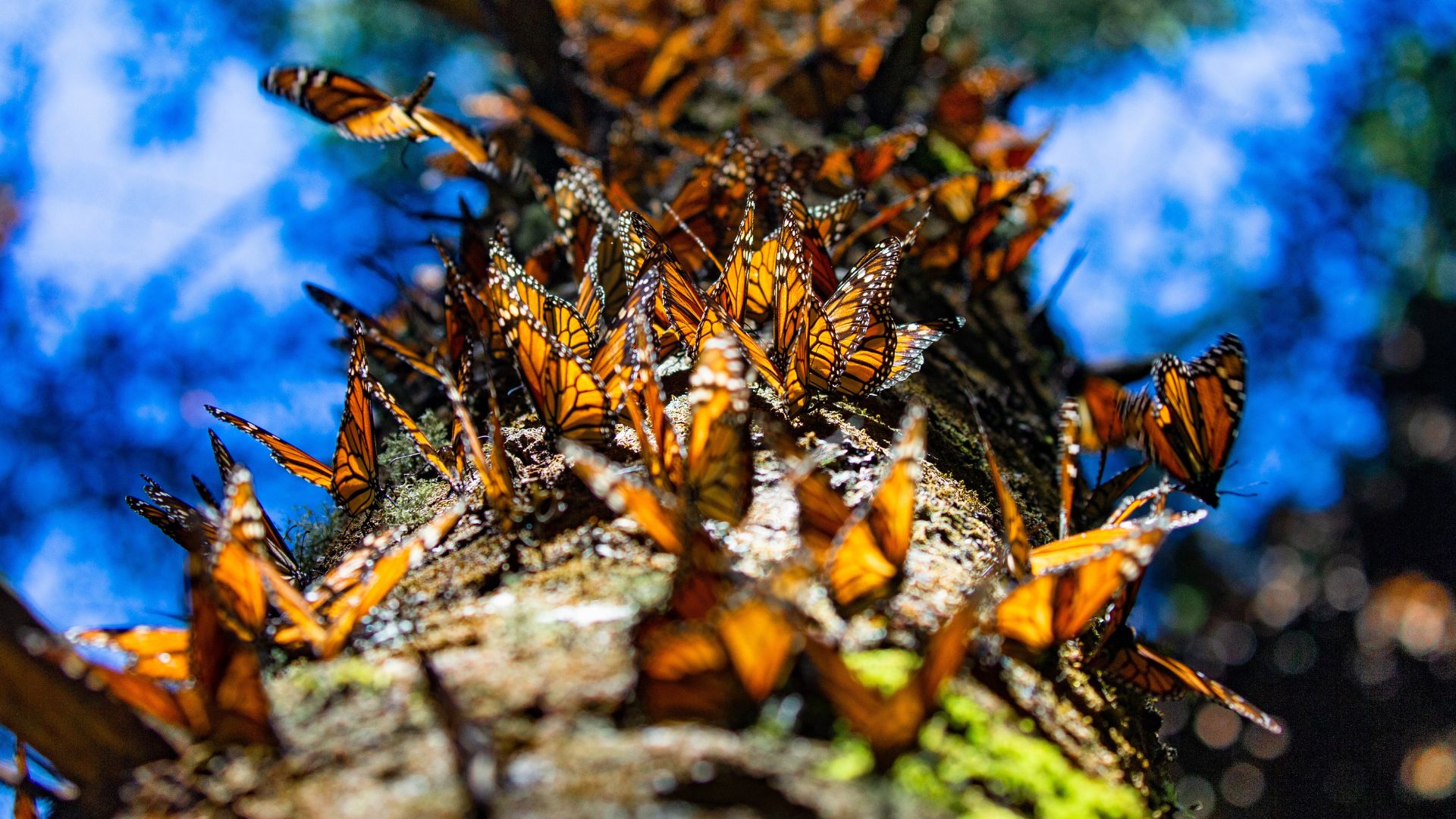Us humans have it easy during winter, all we need to do is put on warm clothes and turn on the heating, and we’re good to go.
Animals, on the other hand, spend months preparing for the cold by gathering food or building shelters. Some even travel up to 3,000 miles in the search for sunrays.
Let’s take a look at the 7 animals with the most creative ways of surviving the freezing temperatures.
1. Chipmunks Build Bunkers
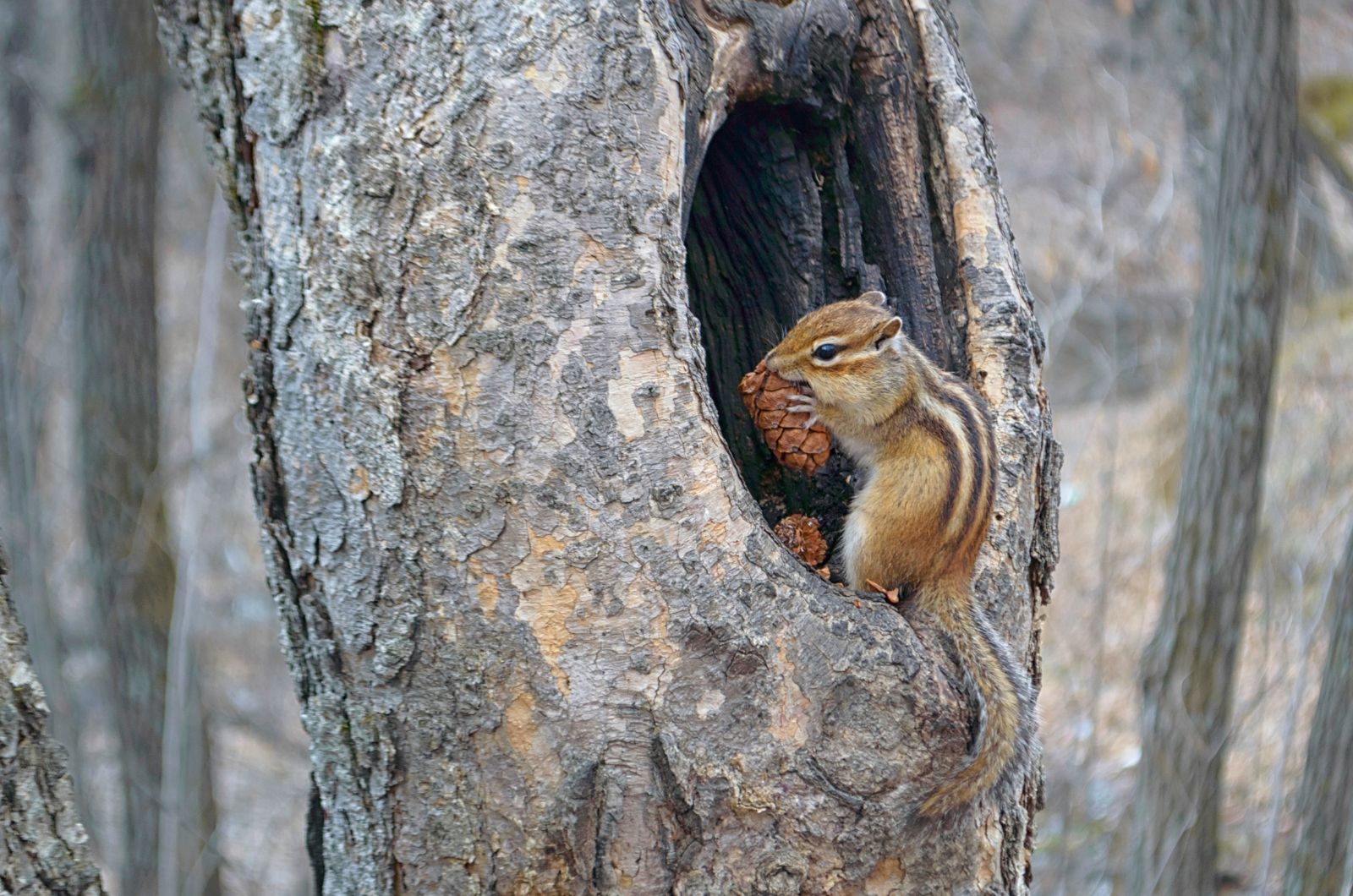
Unlike their squirrel cousins, chipmunks don’t spend the winter roaming around. They prefer a more relaxing approach – hibernation.
As the cold season approaches, these hardworking creatures put a lot of effort into collecting nuts and seeds. They carefully store them in their bunkers, and create tunnels each leading to food.
Upon entering a state of torpor, their body temperature and heart rate decreases. This helps them save energy, which is crucial for surviving the long winter days.
Chipmunks don’t stay like this continuously, they occasionally wake up to eat and then return to their sweet dreams.
2. Geese Migrate
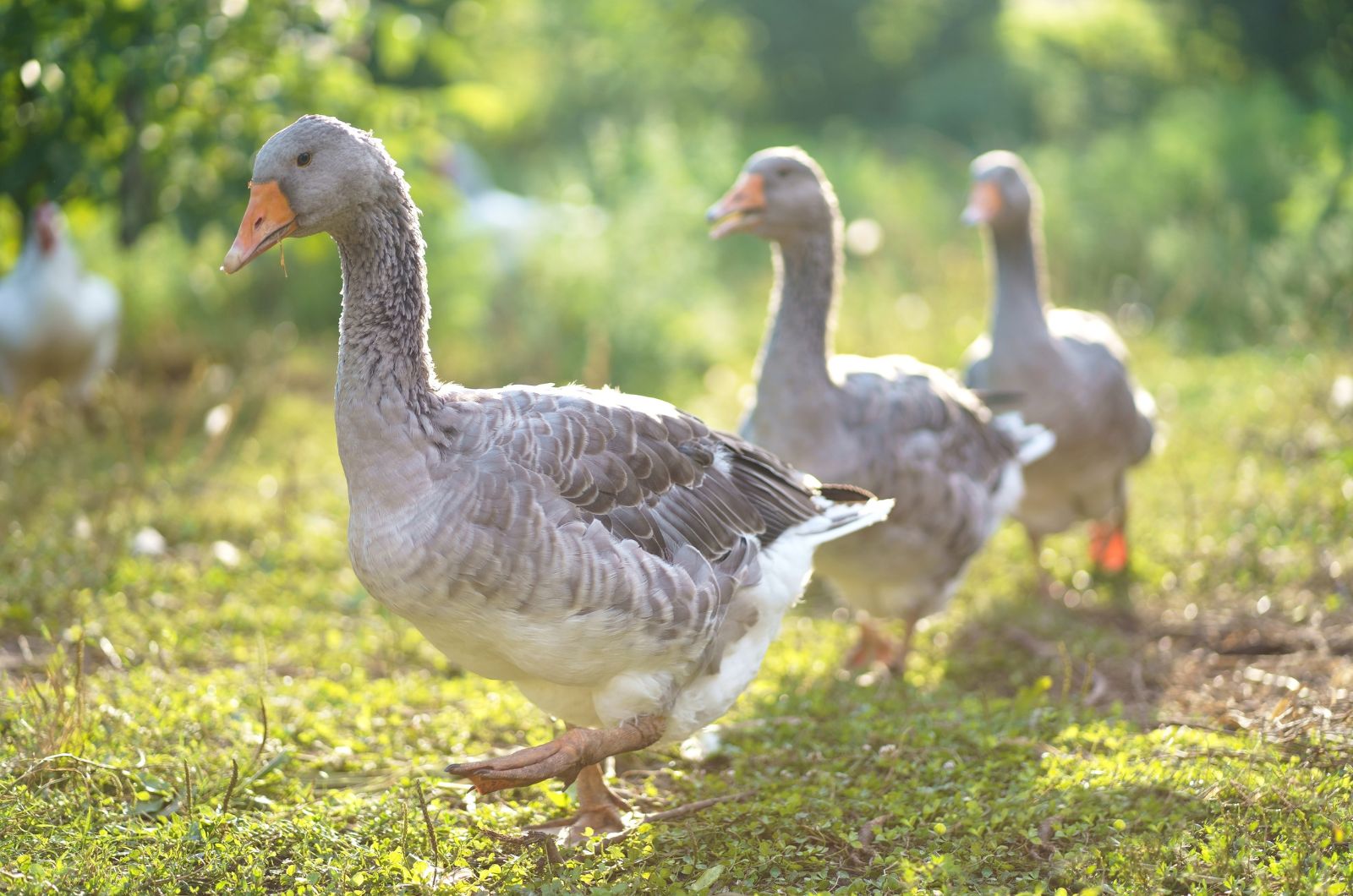
Some animals use an easier method: they just go on a trip until the winter ends.
Like many other birds, geese know it’s time for a vacation when the days start getting short. I mean, who wouldn’t enjoy travelling and sightseeing for a couple of months?
Even though they don’t pay with money, geese need a lot of energy and time to reach their dream destination. It’s sure worth it, as they get to enjoy sunshine all year round.
3. Deer Grow A Thicker Coat
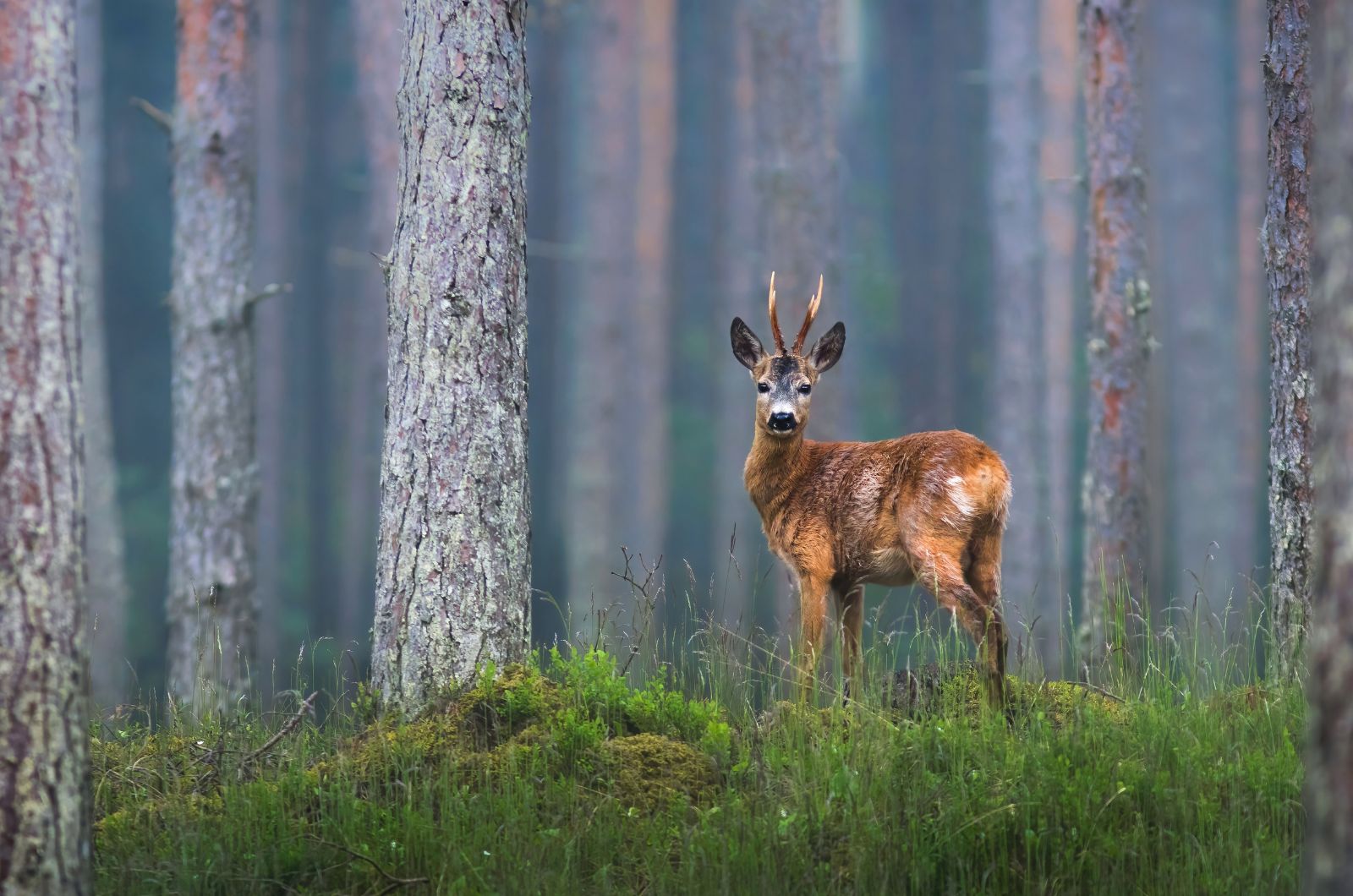
It’s like knitting yourself a cozy sweater. Deer take a similar approach and grow thicker and warmer coats for protection.
These consist of two layers: an undercoat of fine, soft fur, which prevents the heat from escaping. The outer guard hairs which are longer and repel snow and rain, keeping the deer dry.
This isn’t only for staying warm, it also serves as camouflage. The new coats blend in with the muted colors of the woods, and keep them safe from predators.
4. Monarch Butterflies Travel 3,000 Miles
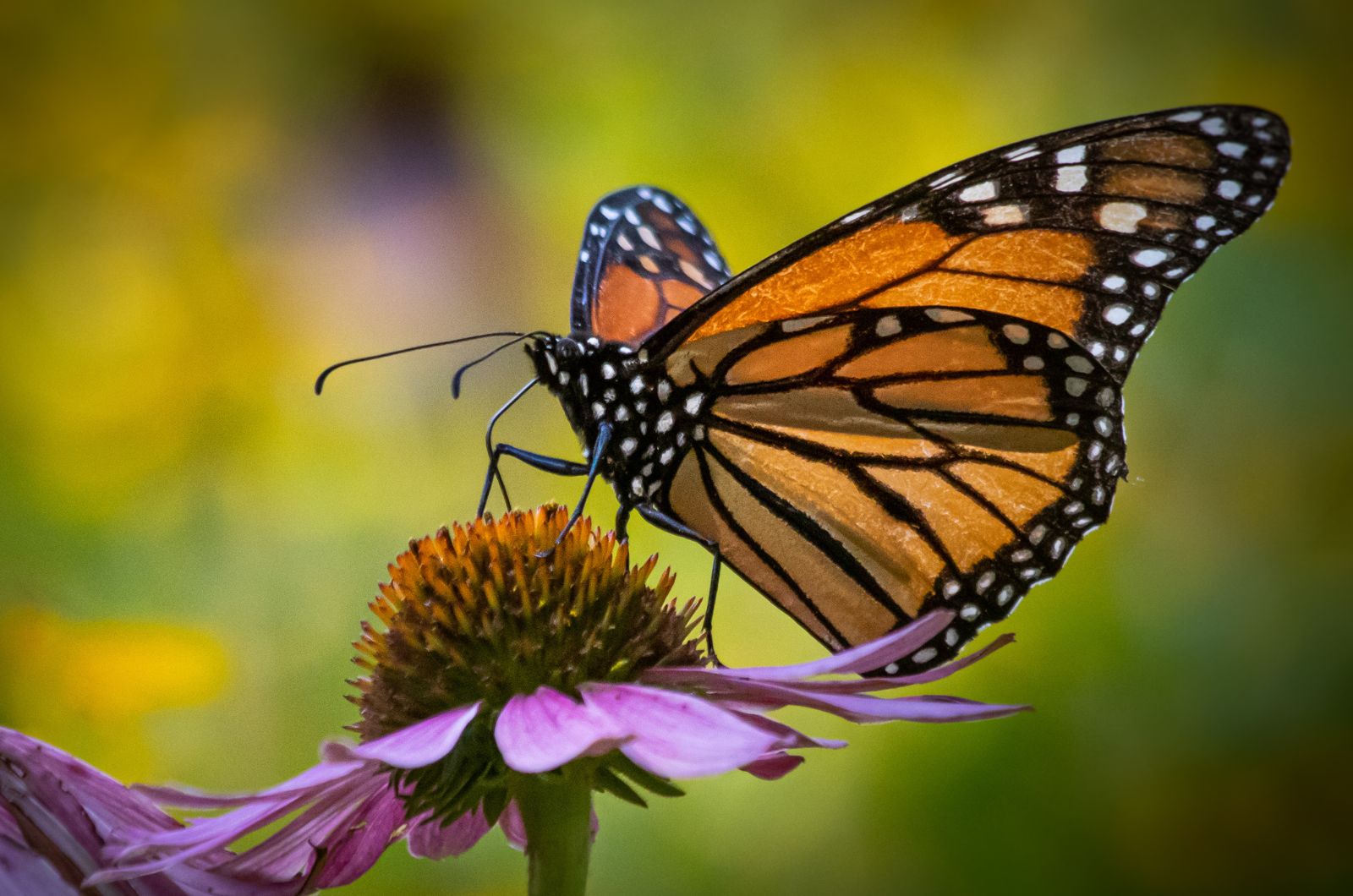
Unlike other butterfly species, the Monarch Butterflies cannot survive the cold days.
When November starts, they pack up and go on an incredible journey. Monarch Butterflies travel up to 3,000 miles from North America all the way to Mexico.
Upon arrival, they go into full vacation mode and surrender to nature.
This breathtaking sight of millions of butterflies in one place attracts hundreds of tourists to the woods of Mexico. How cool is that?
5. Honeybees Produce Heat
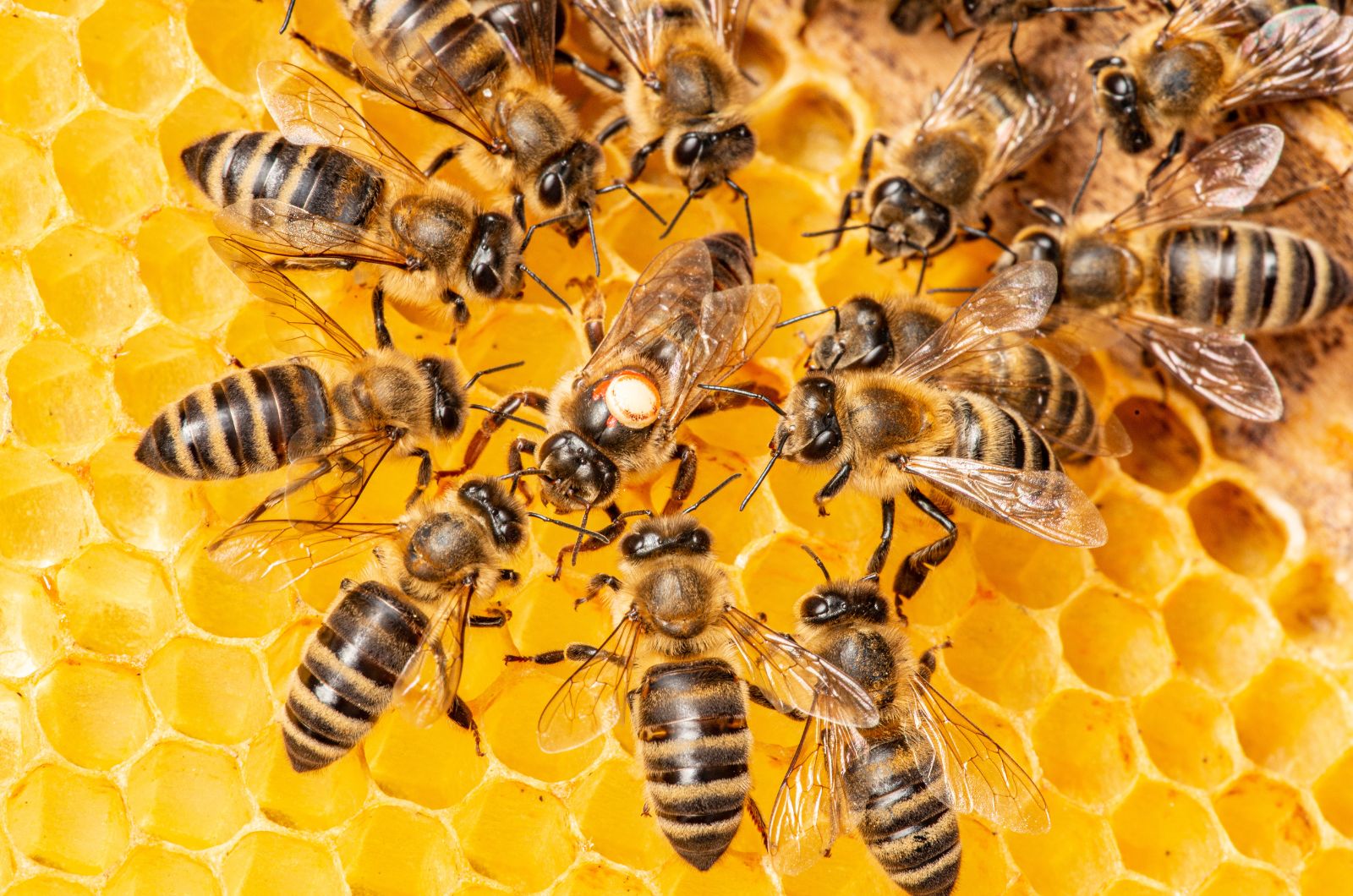
Their tactic for surviving is actually quite simple: sticking together to keep warm.
Even in these situations, keeping the queen alive remains their main priority. Honeybees create a so-called winter cluster tightly around the queen, this way she stays hidden from cold temperatures.
But before snuggling together, the bees have a lot of work to do. They prepare by storing plenty of honey which is necessary for their survival.
6. Frogs Freeze Themselves
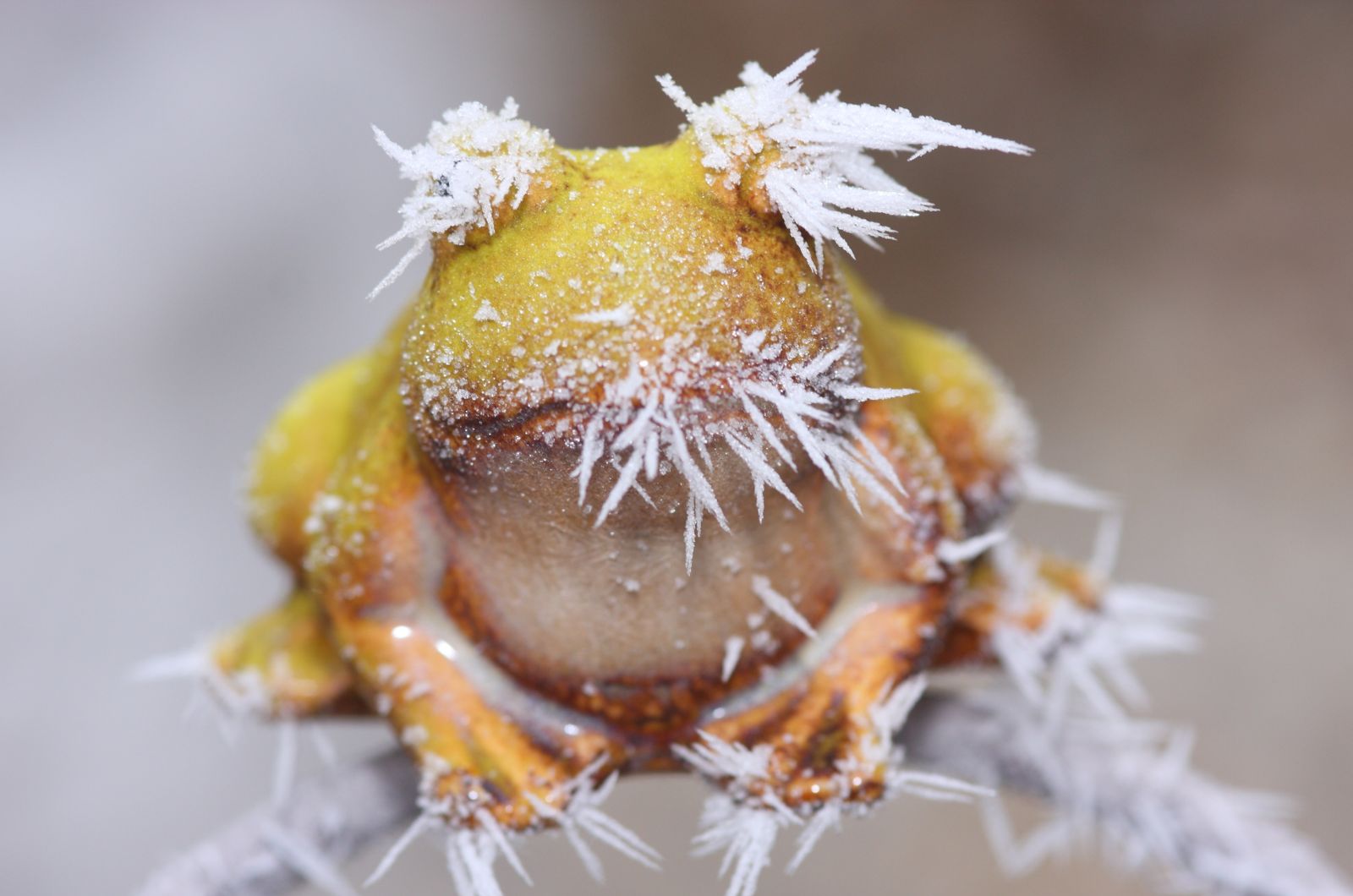
Many frogs have a hard time finding food during the winter and just go for the easiest solution: they freeze themselves.
Nearly 65% of the frog’s body can remain frozen while buried in the mud. But here’s the cool part: they can stay in this state for up to 8 months!
Some might call it lazy, I call it genius!
7. Bears Hibernate
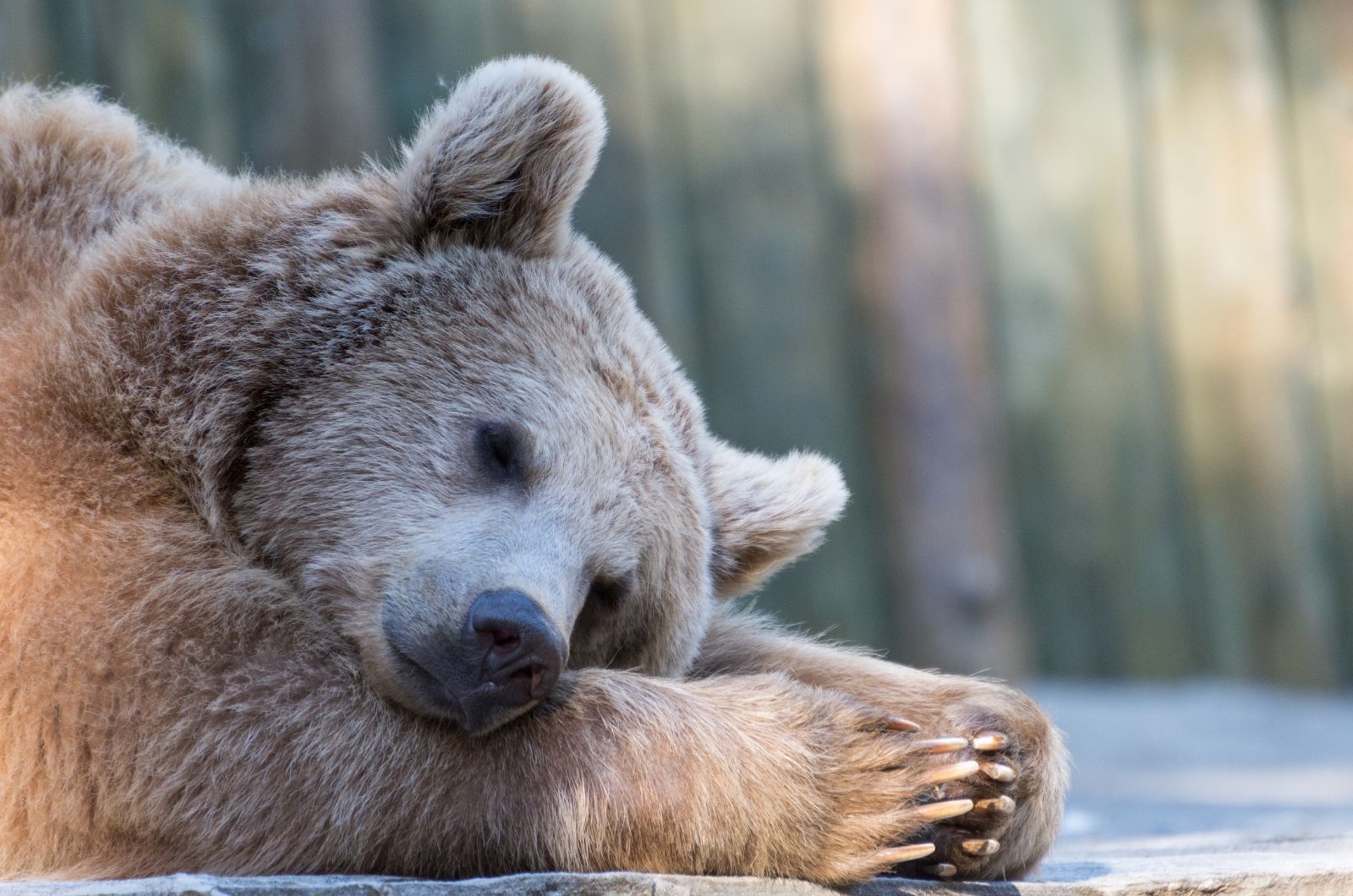
We’ve all heard about the bears’ winter sleep, but do you know that they don’t actually sleep the whole time?
Their strategy involves hibernation, during which bears (and other animals) lower their body temperature and become inactive to save energy.
To prepare for this process, bears consume large amounts of food and gain lots of weight.
Here’s the real kicker: they can actually gain up to 3 pounds of weight per day. Now that’s some serious bulk!

